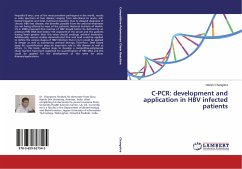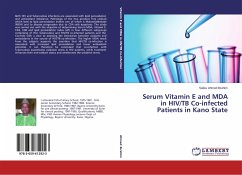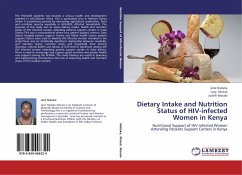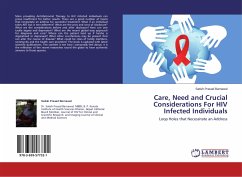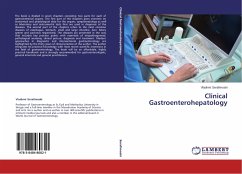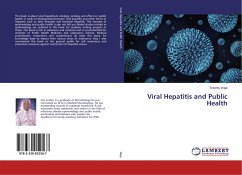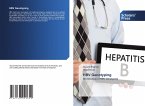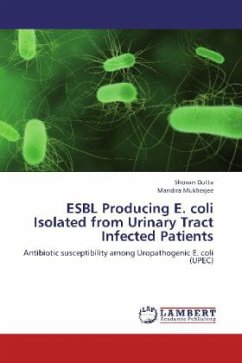Hepatitis B virus, one of the most prevalent pathogens in the world, results in wide spectrum of liver disease ranging from sub-clinical to acute, self-limited hepatitis and fetal, fulminant hepatitis. Due to delayed diagnosis of chronic HBV liver disease, the benefits possible from the antiviral treatment are not being offered to most of the patients. National Institute of Health, US in 2000 proposed that inactive of HBV should better be defined by an arbitrary HBV DNA level below 105 copies/ml of the serum and the patients having levels greater than this value should undergo antiviral treatment. Additionally, various studies demonstrated that viral load could be applied to define the various stages of HBV infection that in turn could be applied to design as well as monitoring antiviral therapy. Therefore, DNA based assay for quantification plays an important role in this disease as well as others. In this book, various steps to develop a competitive-polymerase chain reaction have been explained for quantification of HBV DNA and this could be applied for the development of the same for other diseases/applications.
Bitte wählen Sie Ihr Anliegen aus.
Rechnungen
Retourenschein anfordern
Bestellstatus
Storno

